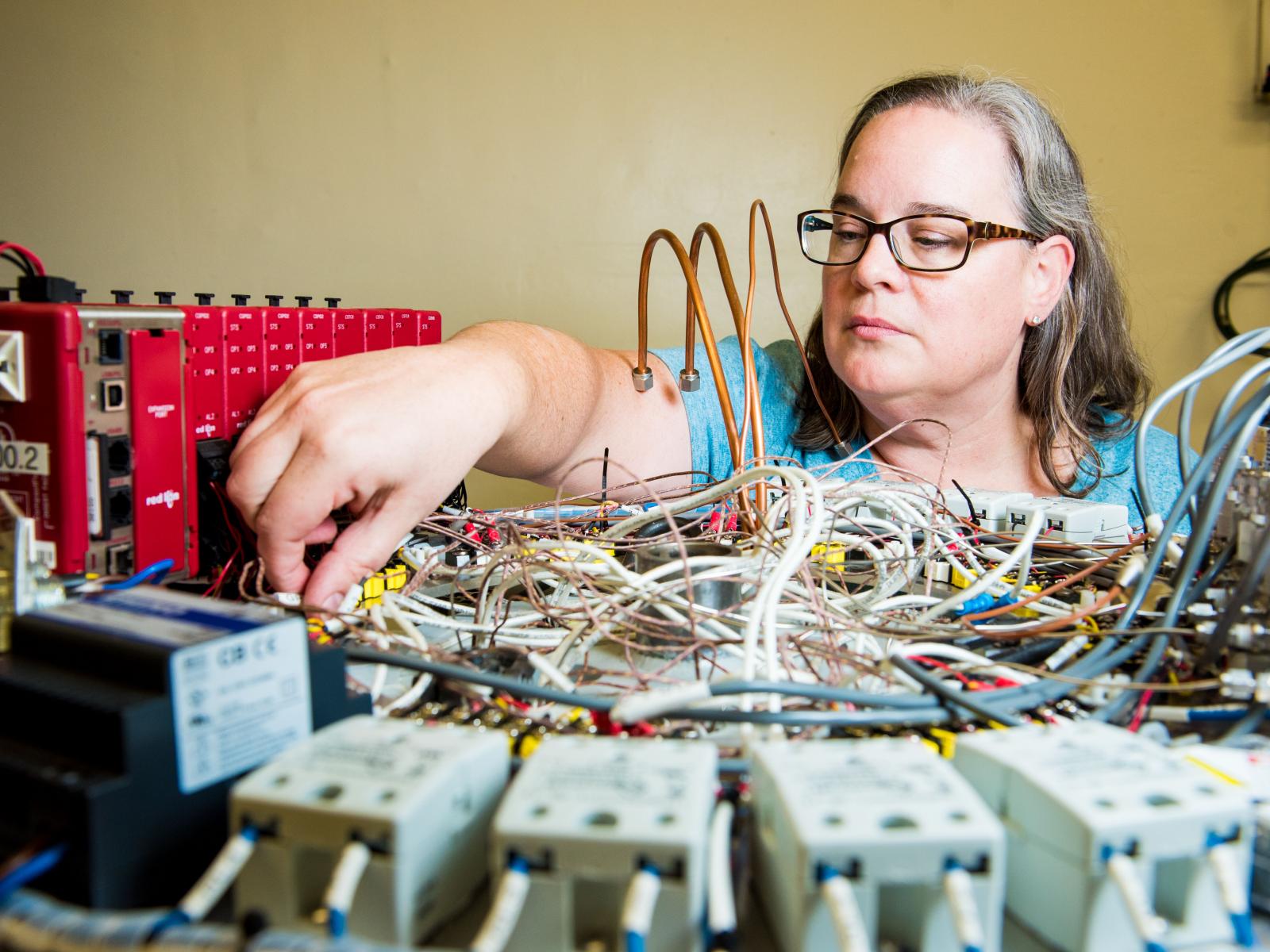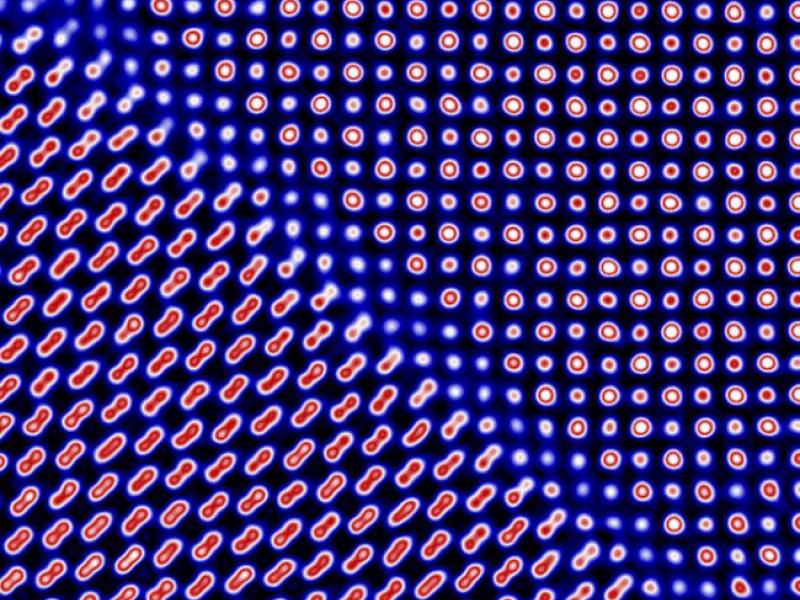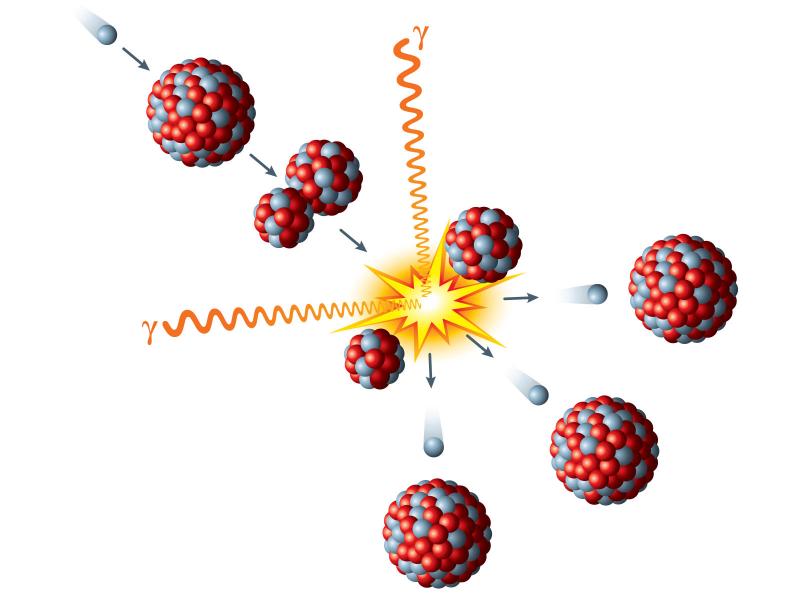Nuclear Sciences Division
Nuclear Sciences Division
The Nuclear Sciences Division provides solutions to the world’s most complex environmental and radiological challenges. We are focused on nuclear materials behavior, chemistry, and processing to advance nuclear energy, resolve legacy waste, and support national security. Our broad expertise is based in more than 250 staff committed to PNNL’s nuclear mission space, complemented by state-of-the-art research facilities. Our scientists and engineers are developing and analyzing wasteforms like glass and grout, investigating the chemistry of waste stored in underground tank waste at the U.S. Department of Energy’s Hanford and Savannah River sites, and assuring the integrity of materials used in the extreme environments of nuclear power reactors. Our expertise is focused on the following:
- Materials performance
- Radiological detection and measurement
- Modeling, simulating, and testing, glass, ceramics, and cementitious materials
- Nuclear materials processing

Researcher Heather Colburn sets up a hydrogen gas generation experiment in the gamma bunker, one of the specialized capabilities stewarded by PNNL's Nuclear Sciences Division in the 318 Building. The gamma bunker uses a Co-60 source for various high gamma radiation effects testing.
Andrea Starr | PNNL


